May Day, also known as International Workers’ Day or Labour Day, is celebrated on May 1st each year in many countries around the world. It is a day to honor workers’ rights, mark the arrival of spring, and embrace various cultural traditions. In this blog post, we will delve into the fascinating May Day traditions that have been cherished for centuries, highlighting their historical significance and regional variations.
Maypole Dancing:
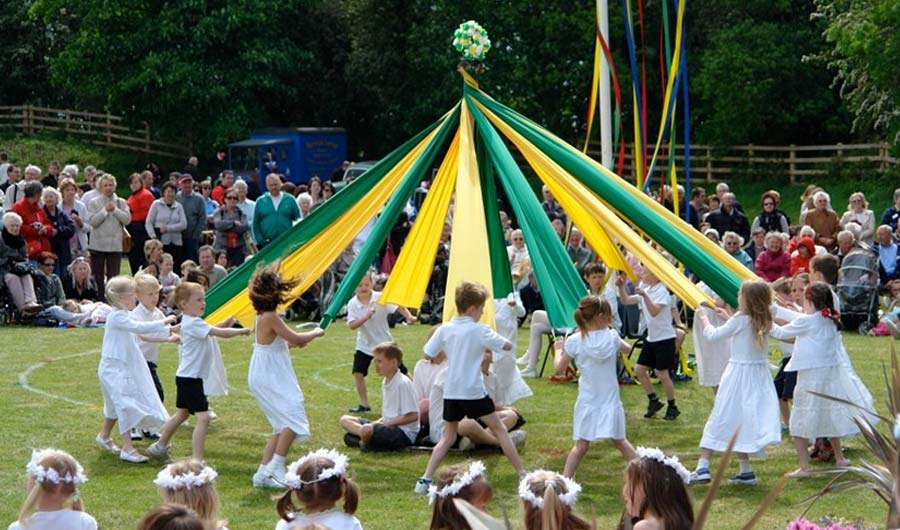
One of the most iconic May Day traditions is Maypole dancing. Participants gather around a tall pole adorned with ribbons and flowers. They hold onto the ribbons and dance in intricate patterns, weaving the ribbons around the pole. This lively and colorful spectacle symbolizes the joy and abundance of the spring season.
Morris Dancing:
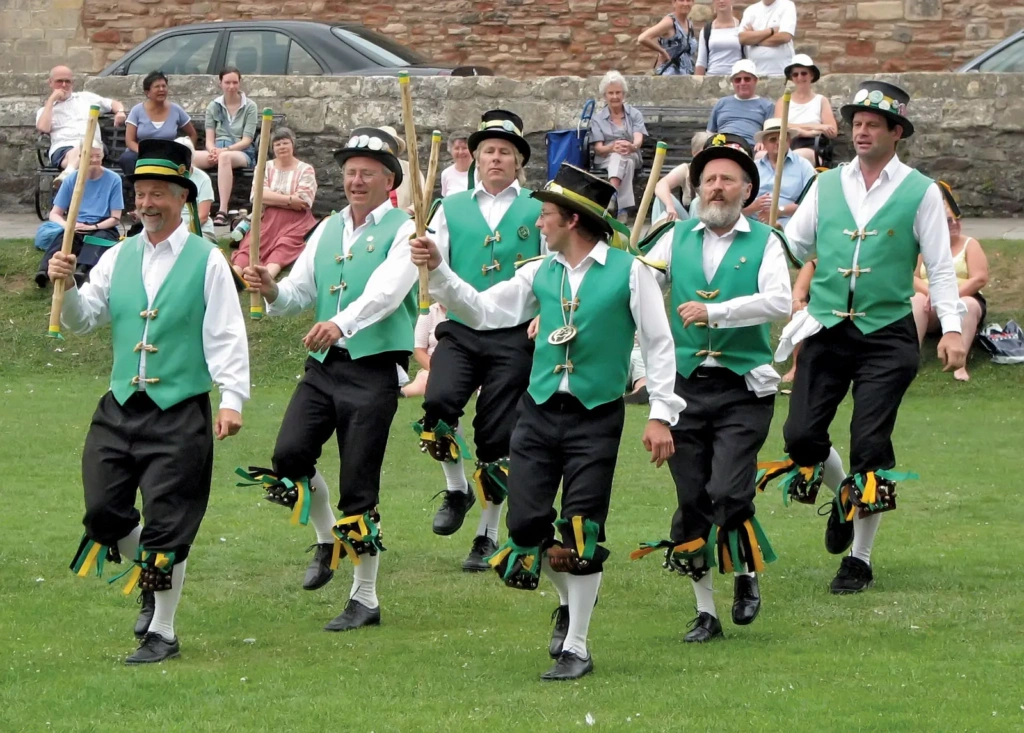
Morris dancing is a traditional English folk dance often associated with May Day celebrations. Dancers don distinctive costumes, adorned with bells, ribbons, and flowers, while performing rhythmic and energetic routines. The origins of Morris dancing can be traced back to ancient pagan rituals, and it continues to be a beloved tradition in many English villages.
Flower Crowns and May Queens:
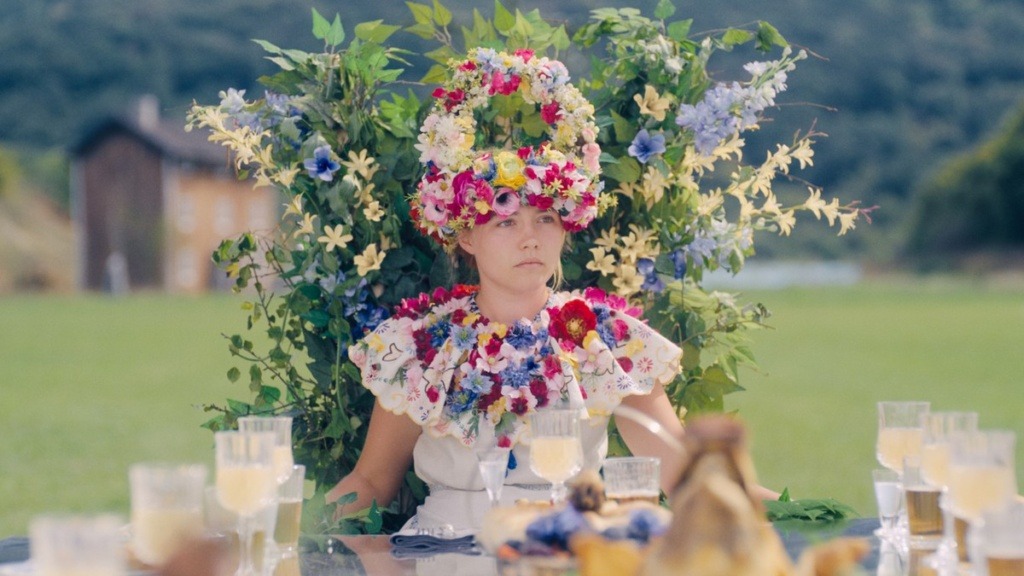
In various cultures, May Day is also associated with the crowning of a May Queen, a young woman chosen to represent the beauty and fertility of spring. The May Queen, often dressed in white, leads processions and festivities, accompanied by a retinue of flower girls and attendants. Flower crowns are commonly worn by participants to symbolize the blossoming of nature and the arrival of warmer months.
May Baskets:

May Baskets are small baskets filled with flowers, treats, or small gifts that are traditionally left on doorsteps as a gesture of goodwill and friendship. This charming tradition, popular in countries like the United States and Germany, is a way to spread joy and surprise neighbors on the first day of May.
Bonfires and Beltane Festivals:
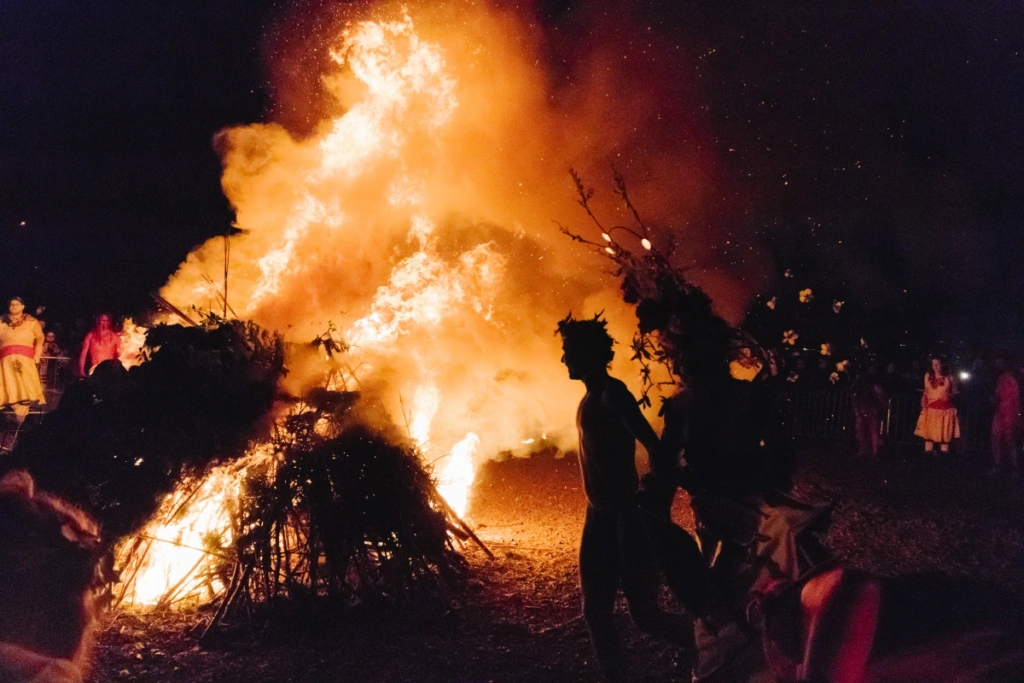
In some regions, May Day is associated with the ancient Celtic festival of Beltane, marking the transition from winter to summer. Bonfires are lit to honor the sun’s return and to cleanse and purify the land. Communities gather around these bonfires, engage in singing, dancing, and storytelling, and partake in rituals that celebrate fertility and the renewal of life.
May Day Parades and Rallies:
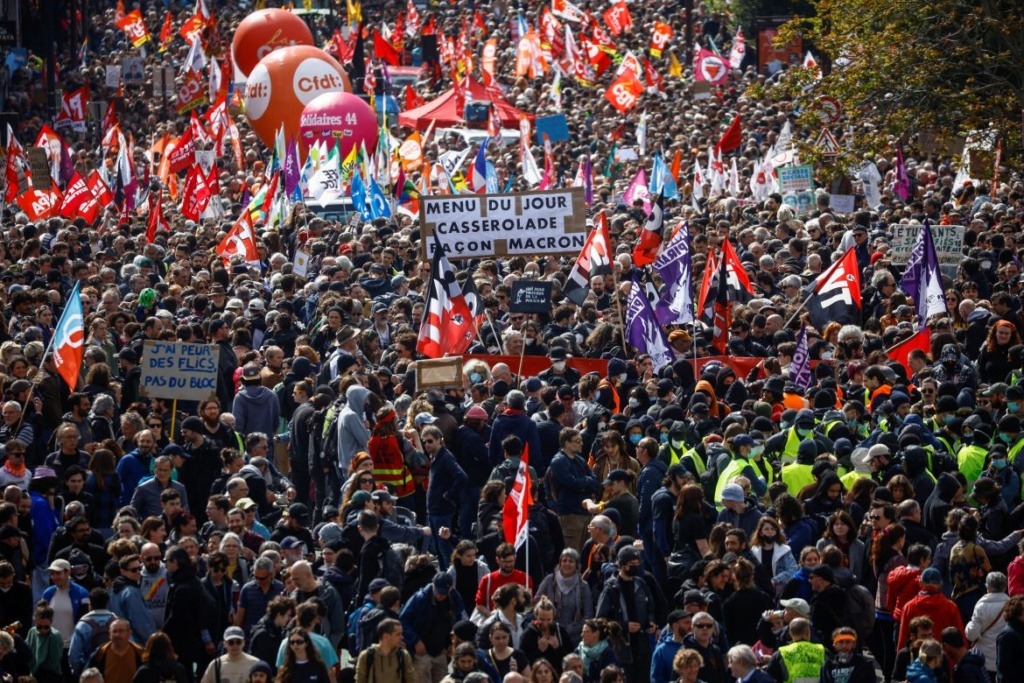
May Day has strong historical connections to the labor movement and workers’ rights. It is a day when labor unions, activists, and workers come together to advocate for fair wages, improved working conditions, and social justice. Parades, rallies, and demonstrations are held worldwide, emphasizing solidarity and the importance of workers’ rights.
Traditional Foods and Feasts:

May Day is often accompanied by traditional foods and feasts that reflect the seasonal harvest. In many cultures, special dishes like May wine, sweet breads, pastries, and fresh spring vegetables are enjoyed during festive gatherings. These culinary delights add a delicious touch to the celebrations, showcasing the bounty of nature.
May Day traditions are deeply rooted in history, culture, and the spirit of solidarity. Whether through lively dances around maypoles, the crowning of May Queens, or the advocacy for workers’ rights, May Day celebrations bring communities together, fostering a sense of unity and renewal. As we embrace these time-honored traditions, let us honor the past, celebrate the present, and look forward to a brighter and more inclusive future. Happy May Day!
